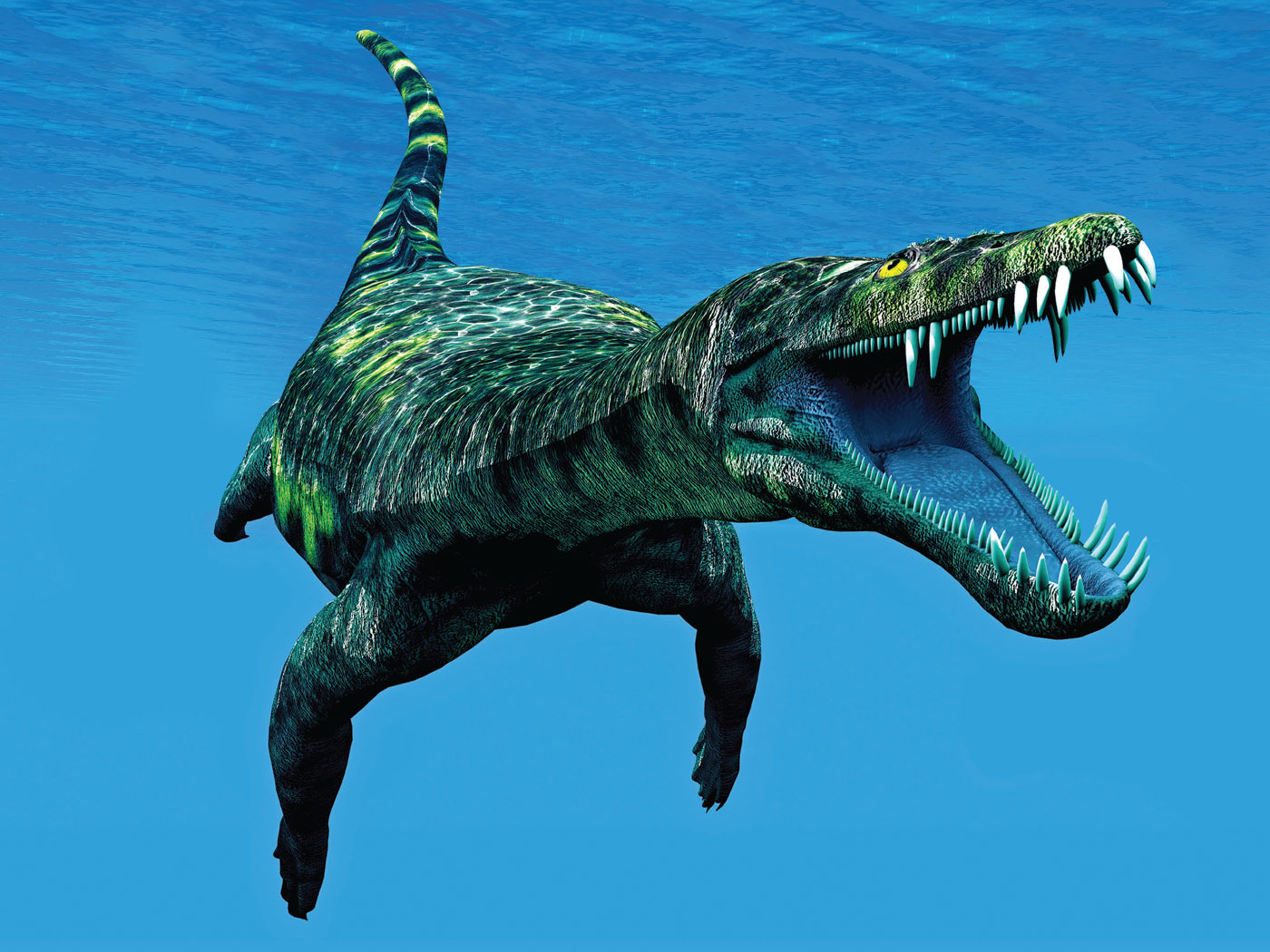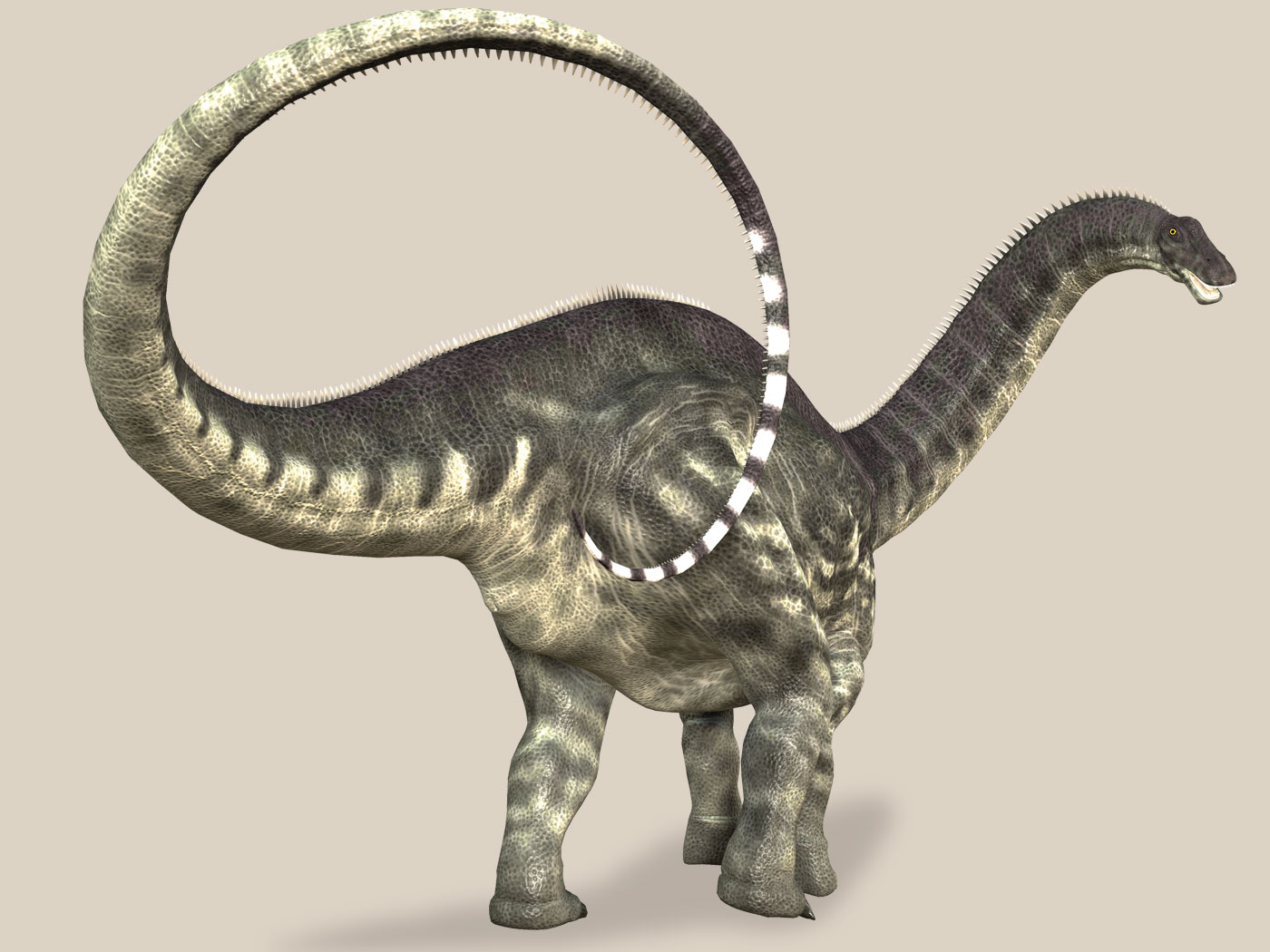On December 21 about an hour before sunset, the planets Jupiter and Saturn will appear very close together low in the western sky in a celestial event called a conjunction.1 In fact, the two planets will be so close together that they should appear as a “double planet” to the naked eye. Observations through telescopes, however, will show that this “double planet” is actually composed of two distinct planets separated slightly in the night sky.2
Conjunctions of Jupiter and Saturn are relatively rare, occurring roughly every 20 years. But conjunctions in which the two planets appear in such close proximity are extremely rare. The last time they appeared this close together in the sky was 800 years ago!1
Jupiter and Saturn have been approaching one another since the summer and are already close together in the sky (see accompanying photo).1 However, December 21, which happens to be the winter solstice in the Northern Hemisphere, will be the time of their closest apparent approach.3 Because the stars and planets rotate from east to west each night, this “double planet” will quickly set below the horizon, so those who wish to see it have only a short opportunity to do so. For locations experiencing fair weather, the conjunction will be visible from most locations on Earth. However, the conjunction will appear higher in the sky for latitudes that are closer to the equator, and it will appear lower in the sky for latitudes farther north and south.1
Some are calling this conjunction a “Christmas star” since some speculate that a conjunction was the cause of the Star of Bethlehem that guided the wise men in their journey to see the Christ Child.4 Creation astronomer Danny Faulkner has given reasons why he thinks this is incorrect and why the Star of Bethlehem was likely supernatural in origin.5 But even if a Jupiter–Saturn conjunction is not the correct explanation for the Christmas Star, this event is nevertheless a wonderful reminder—especially at the end of a year that has been so hard for so many—that the Lord Jesus is the true Reason for the Season.
References
1. Kimberlin, J. In their closest alignment in 800 years, Jupiter and Saturn will create a wonder: A Christmas Star. Phys.org. Posted on phys.org December 7, 2020, accessed December 14, 2020.
2. A quality telescope with a larger aperture, say five inches in diameter, can resolve Saturn’s rings and Jupiter’s large moons.
3. The winter solstice is the day of the year that has the longest night and shortest day. After the winter solstice, the days gradually become longer until the summer solstice, the day of the year with the longest day and shortest night.
4. Matthew 2:1-11.
5. Ham, K. Will a Rare “Christmas Star” Appear in the Sky This December? Answers in Genesis. Posted on answersingenesis.org December 11, 2020, accessed December 15, 2020.
*Dr. Jake Hebert is Research Associate at the Institute for Creation Research and earned his Ph.D. in physics from the University of Texas at Dallas.







